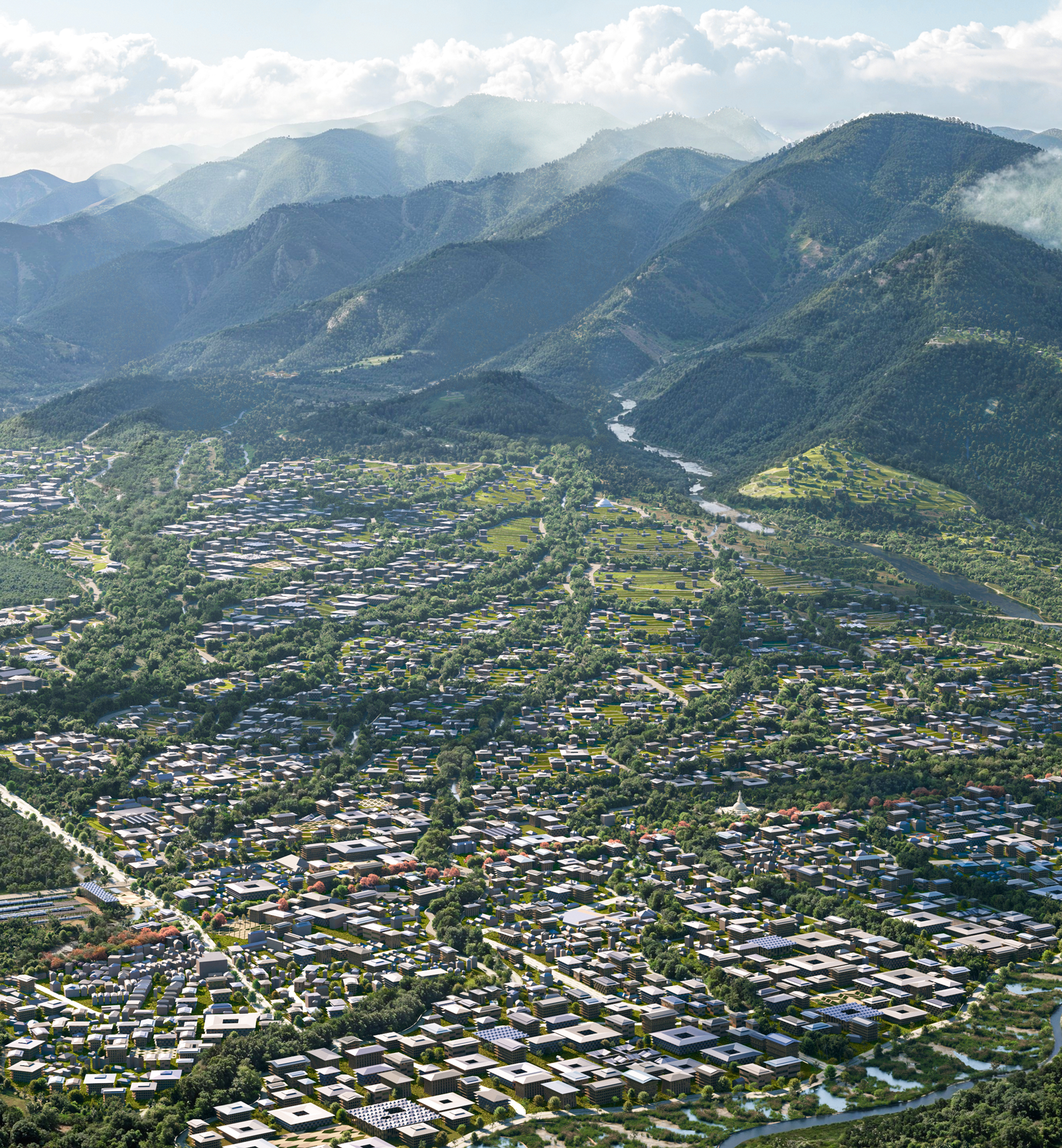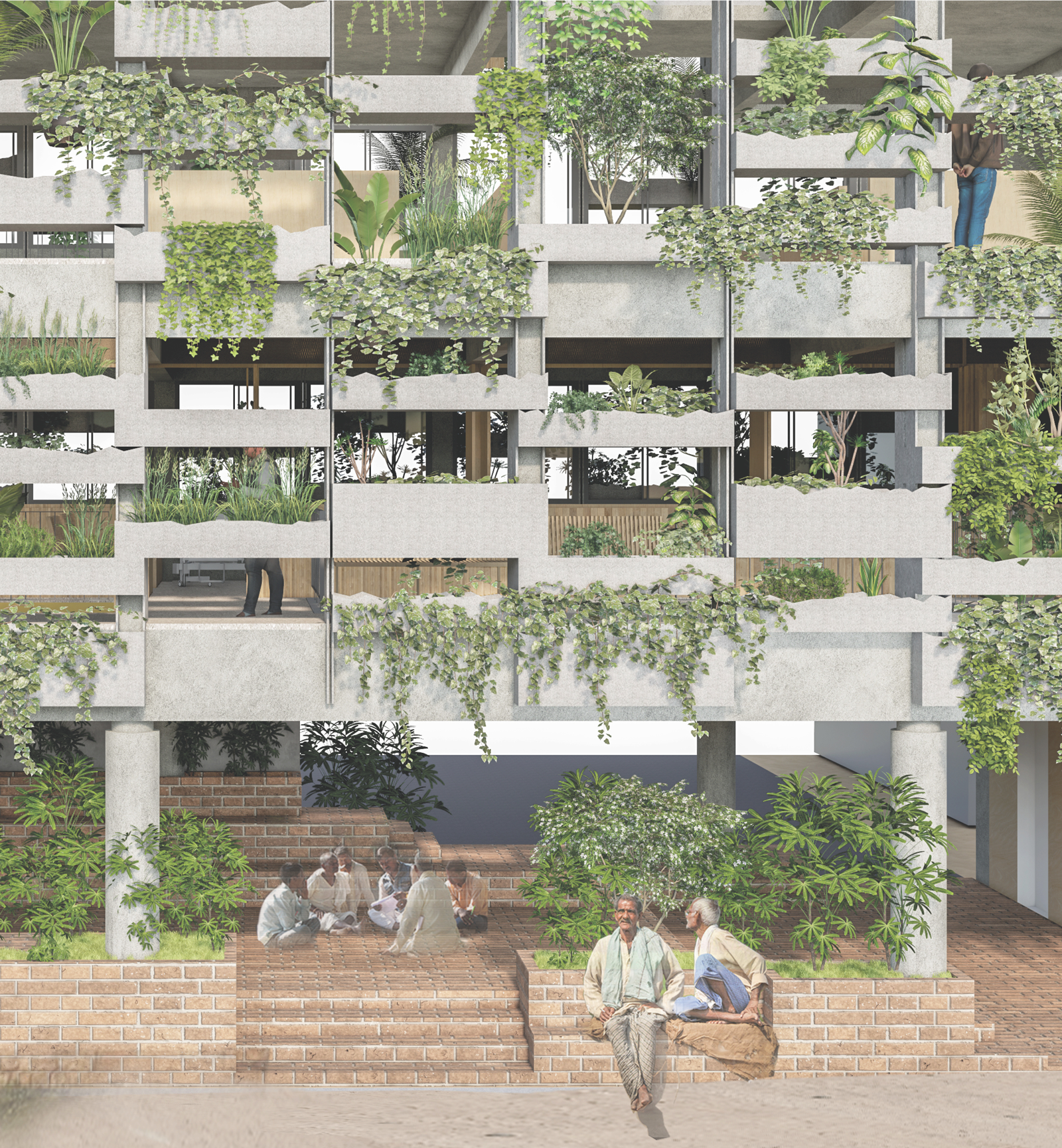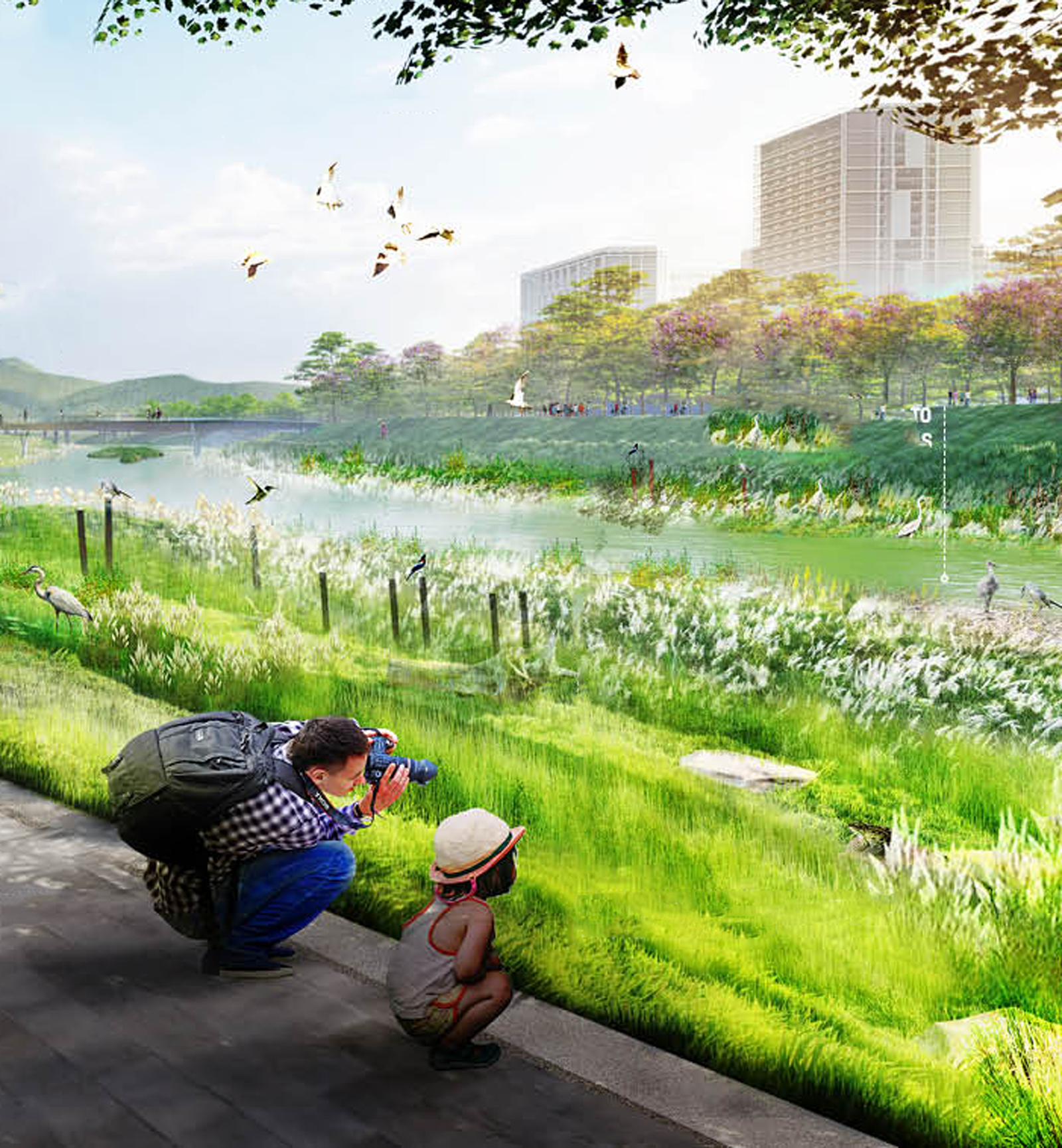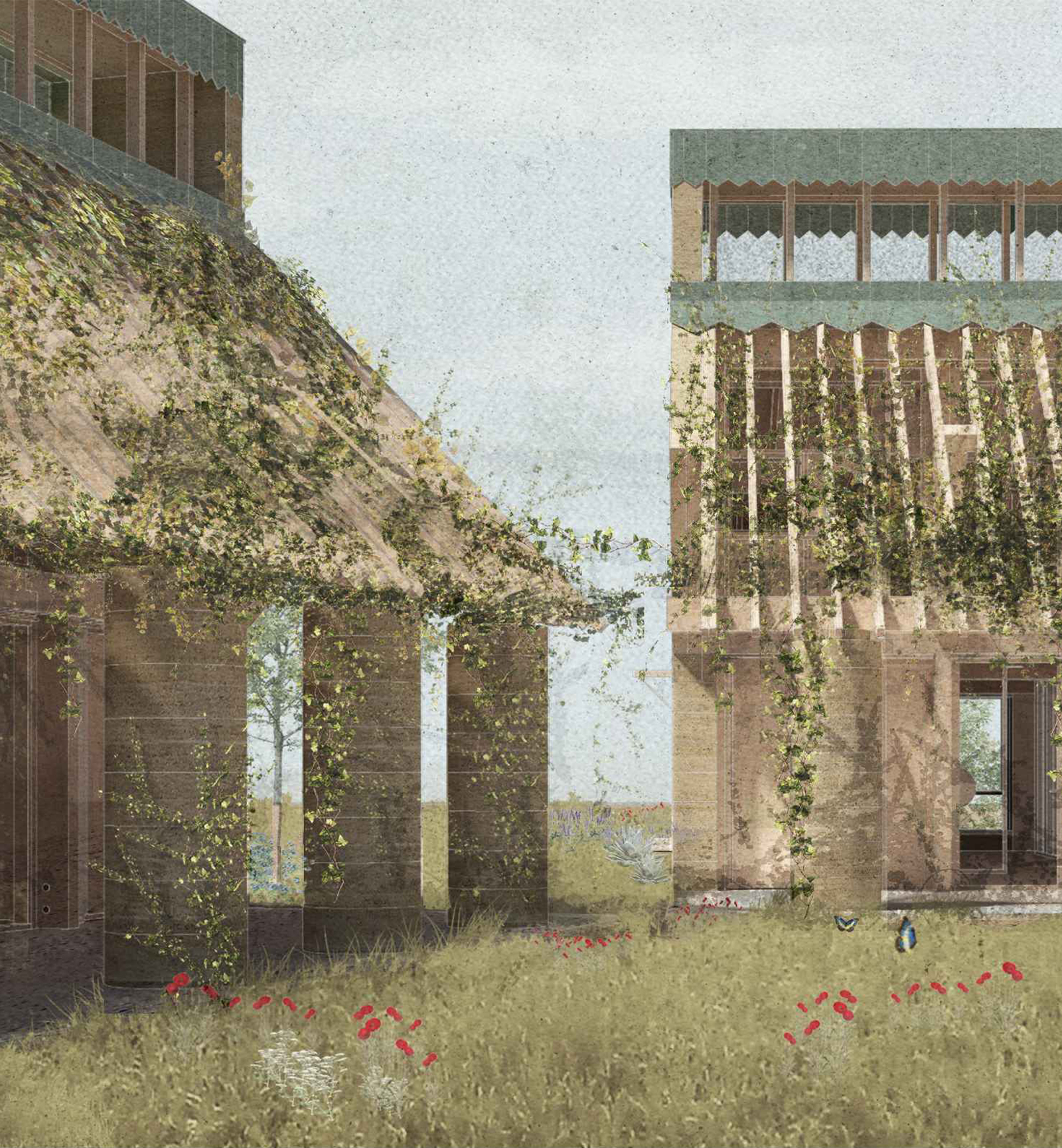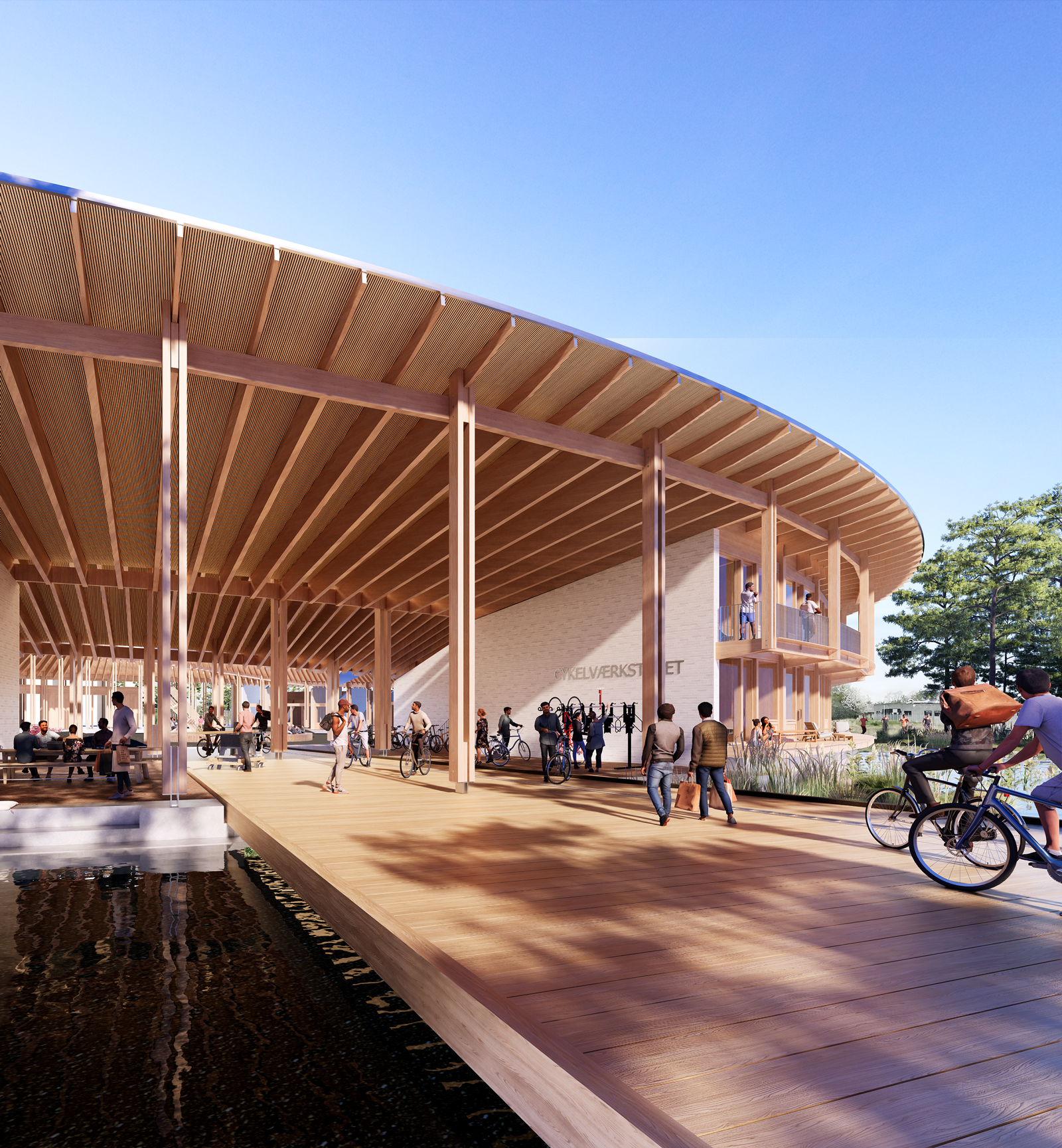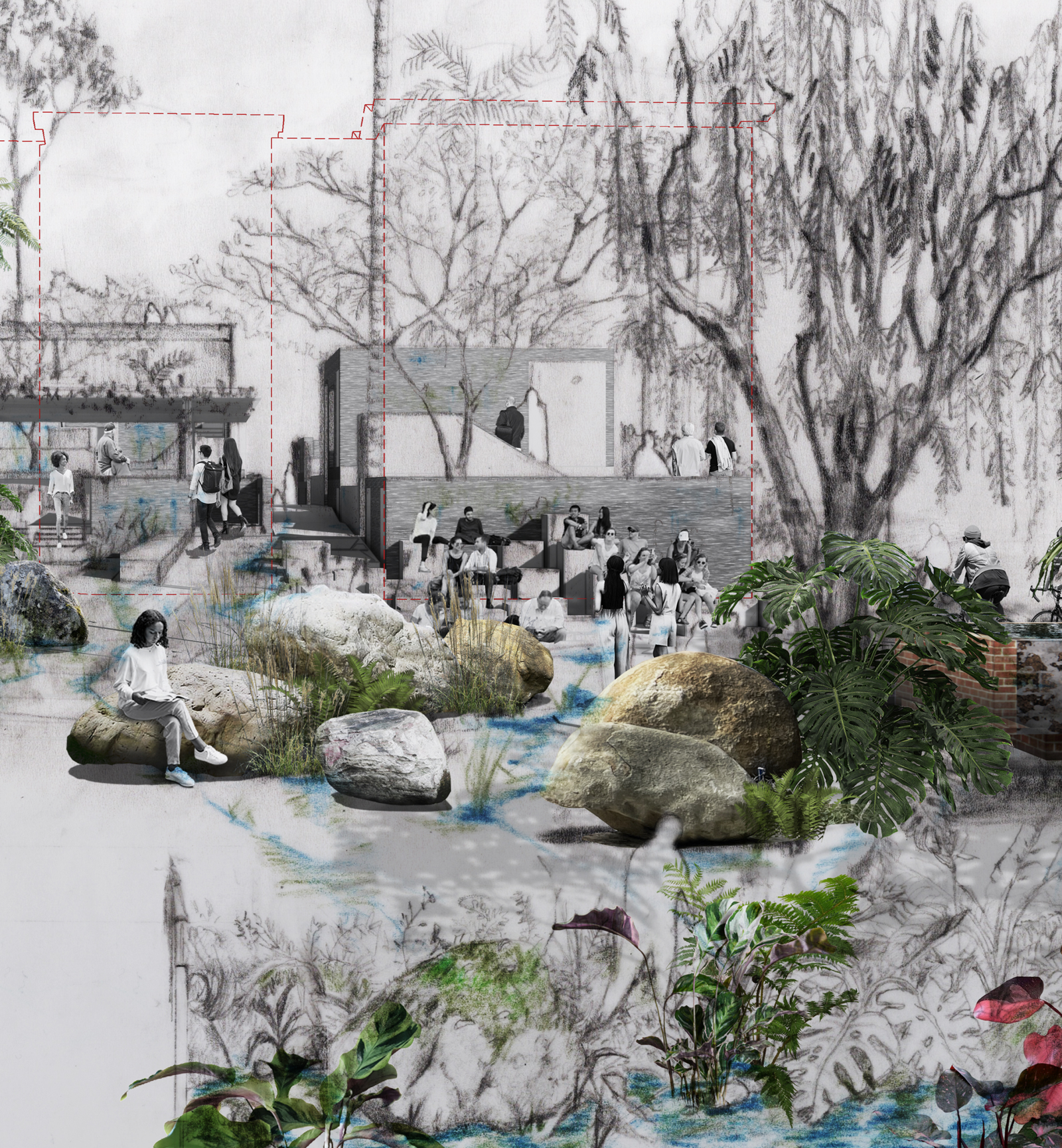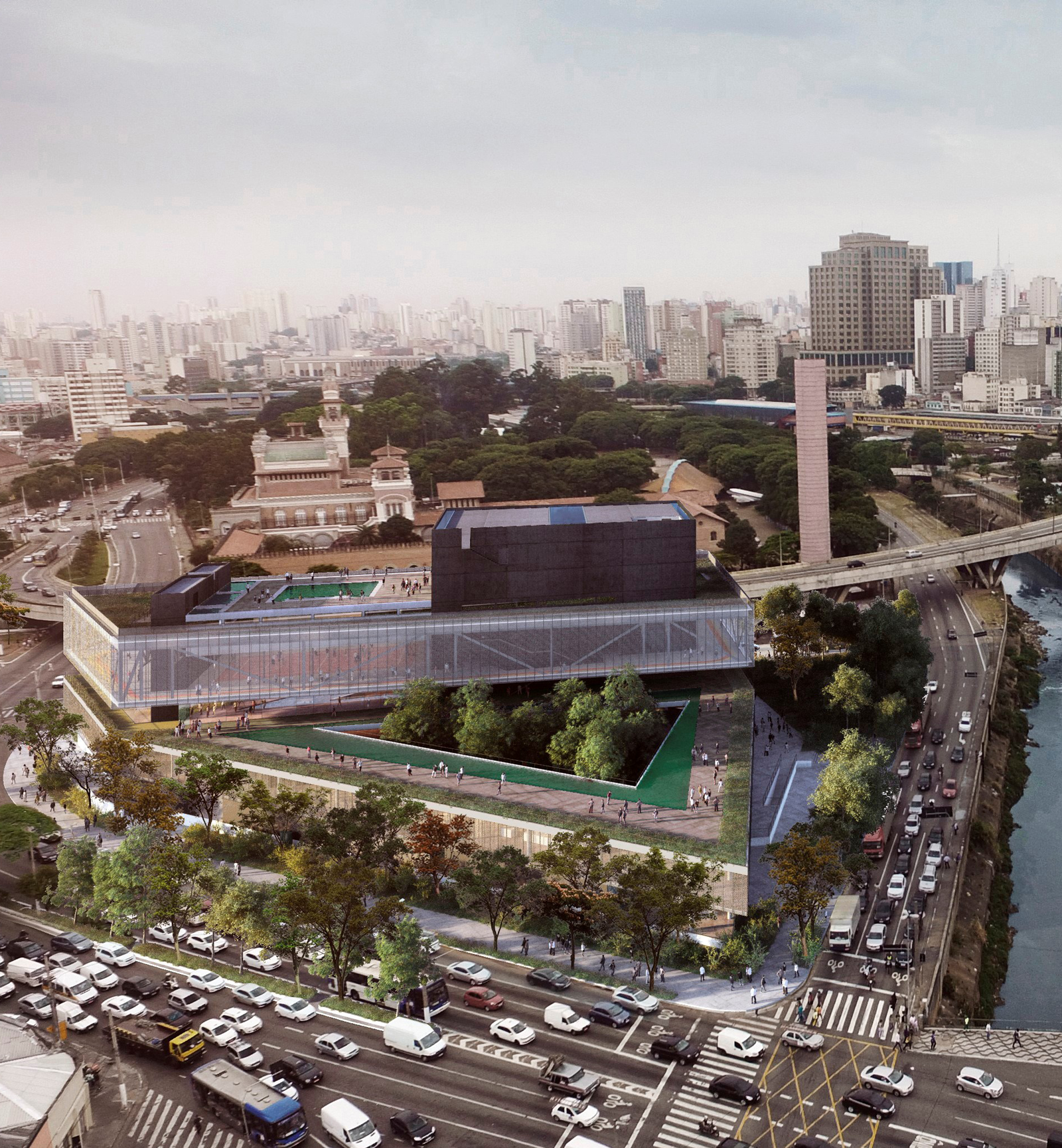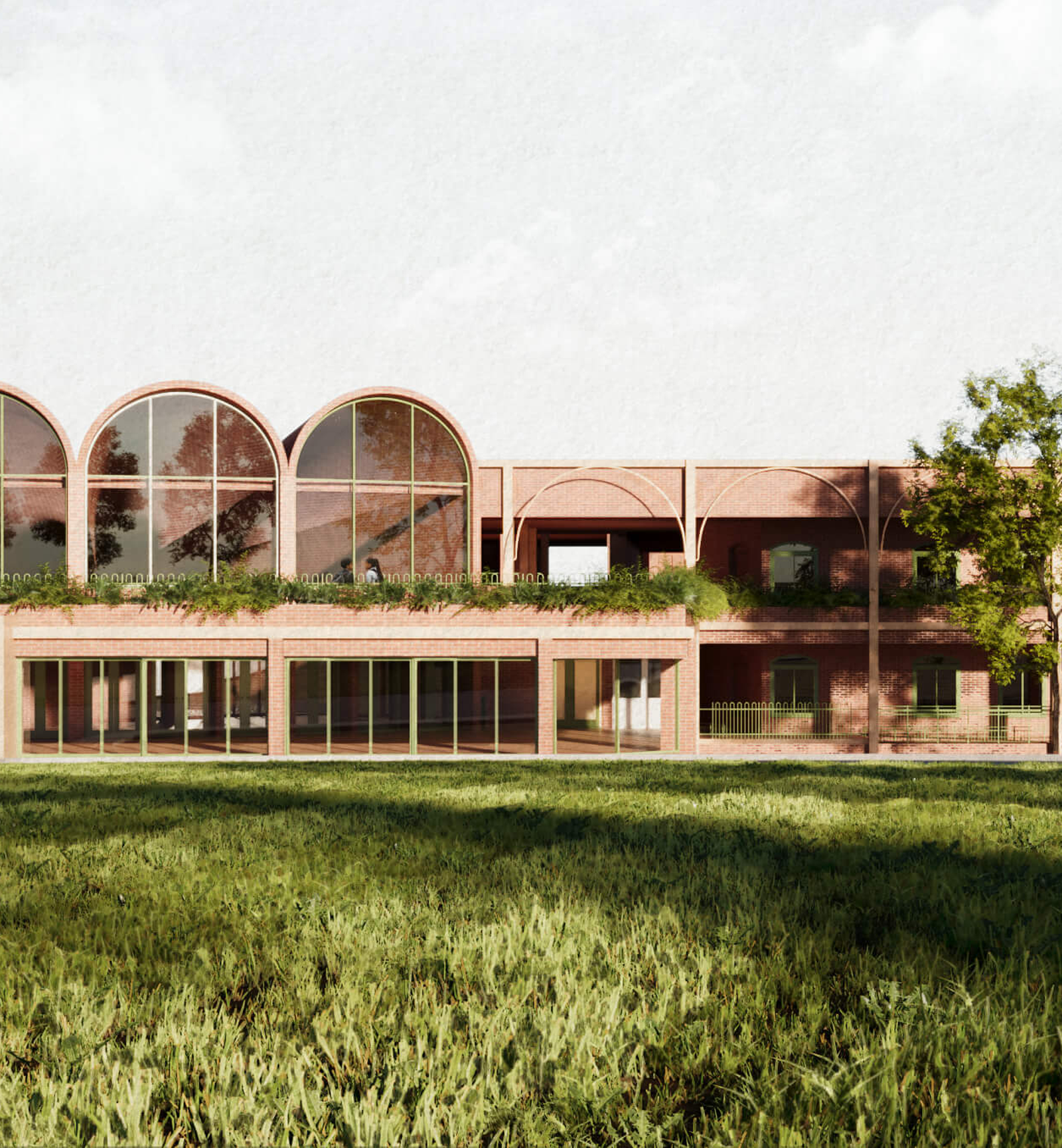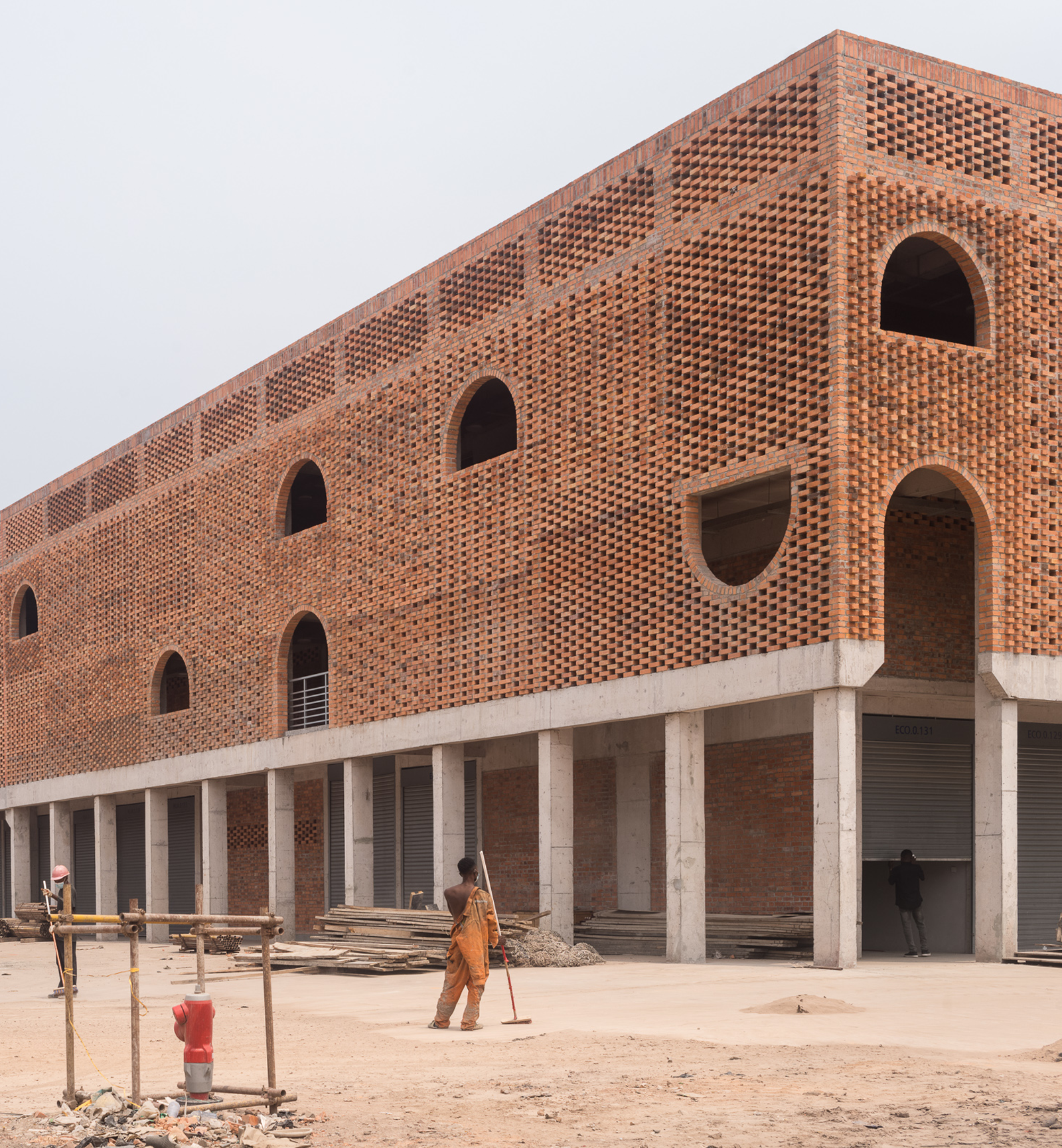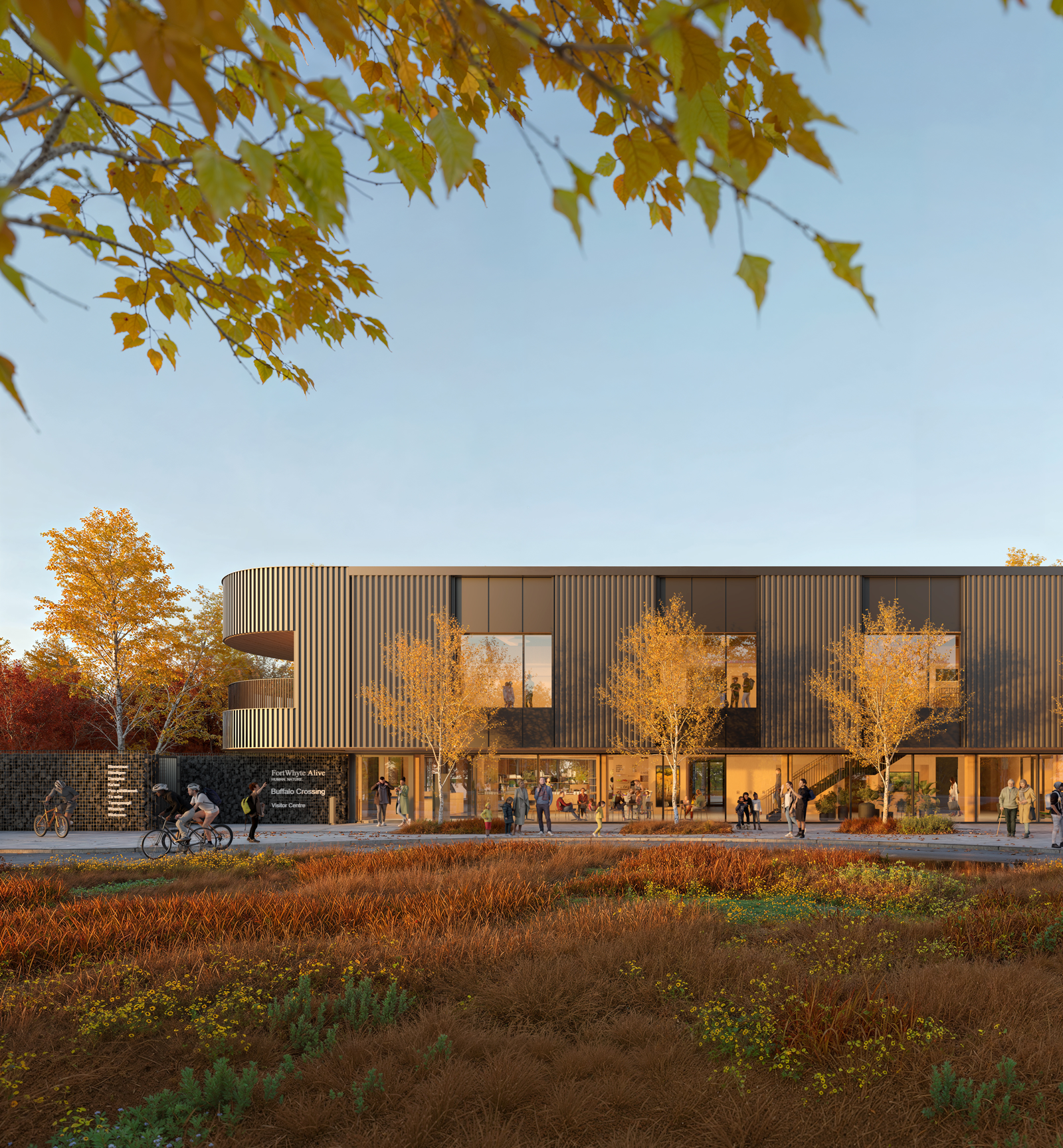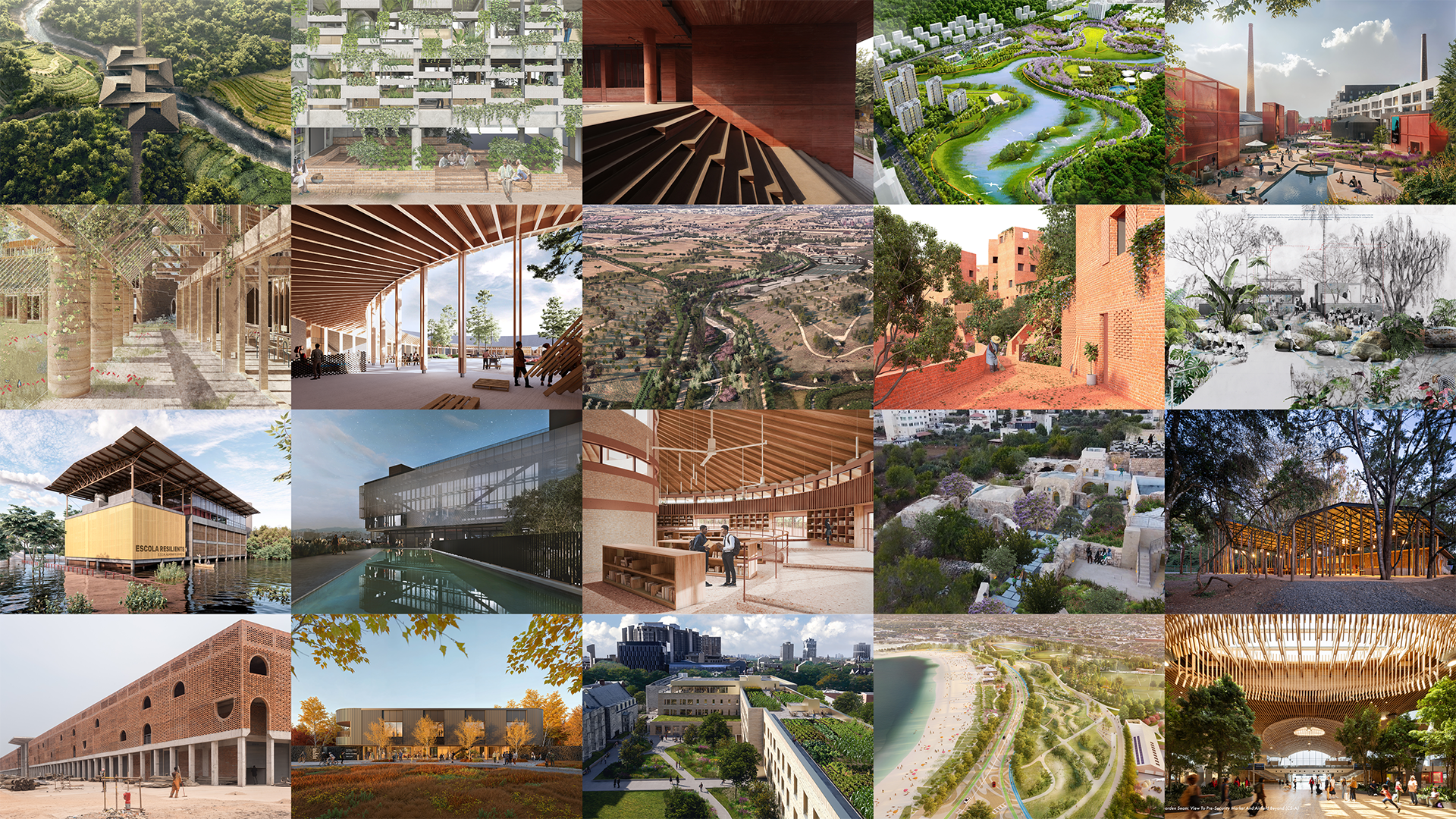
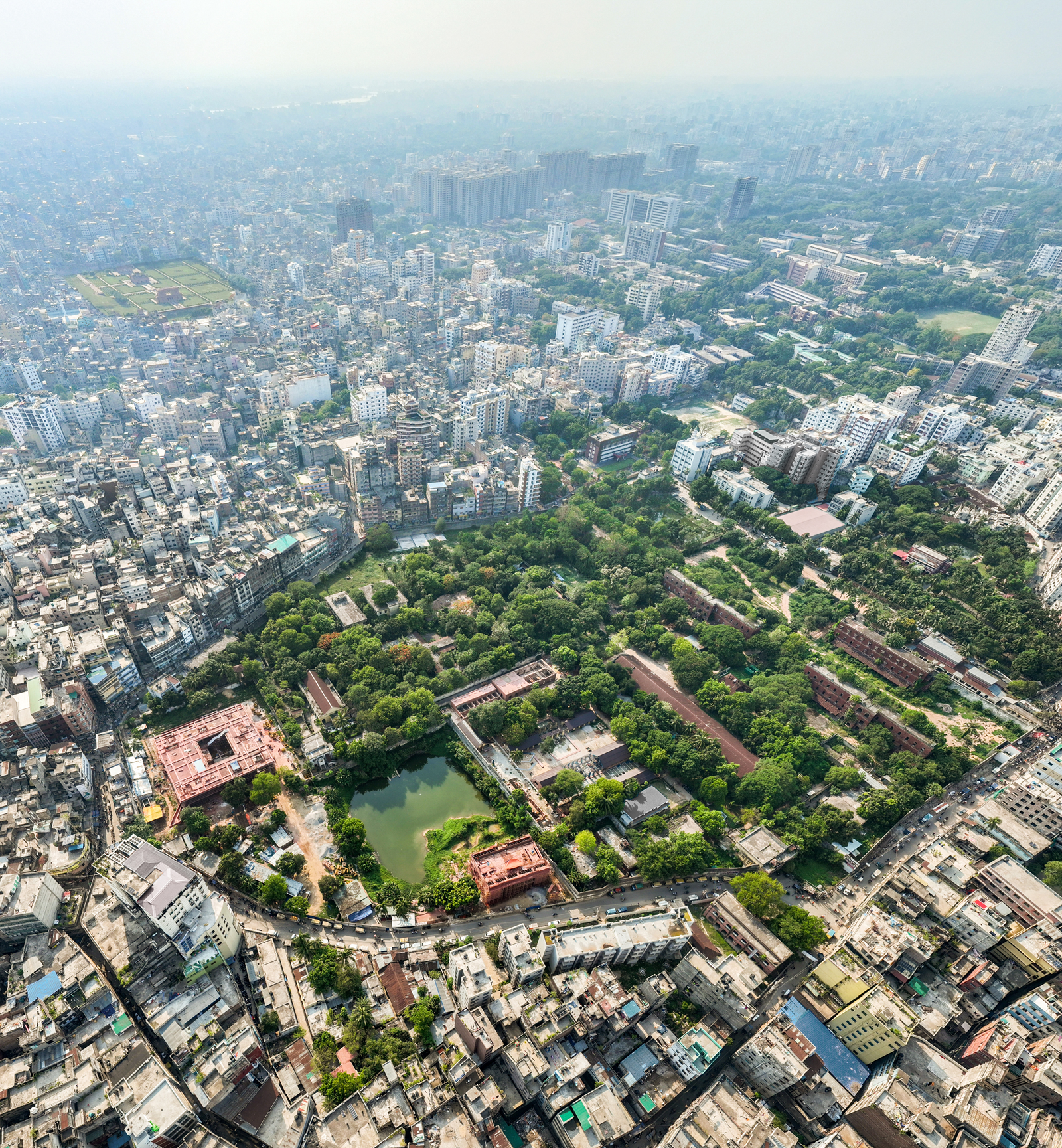
A historic jail site in central Dhaka is reimagined as a vibrant public space, blending adaptive reuse, passive cooling strategies, and local craft to deliver a culturally rooted, economically viable model for sustainable urban renewal. | Find out more
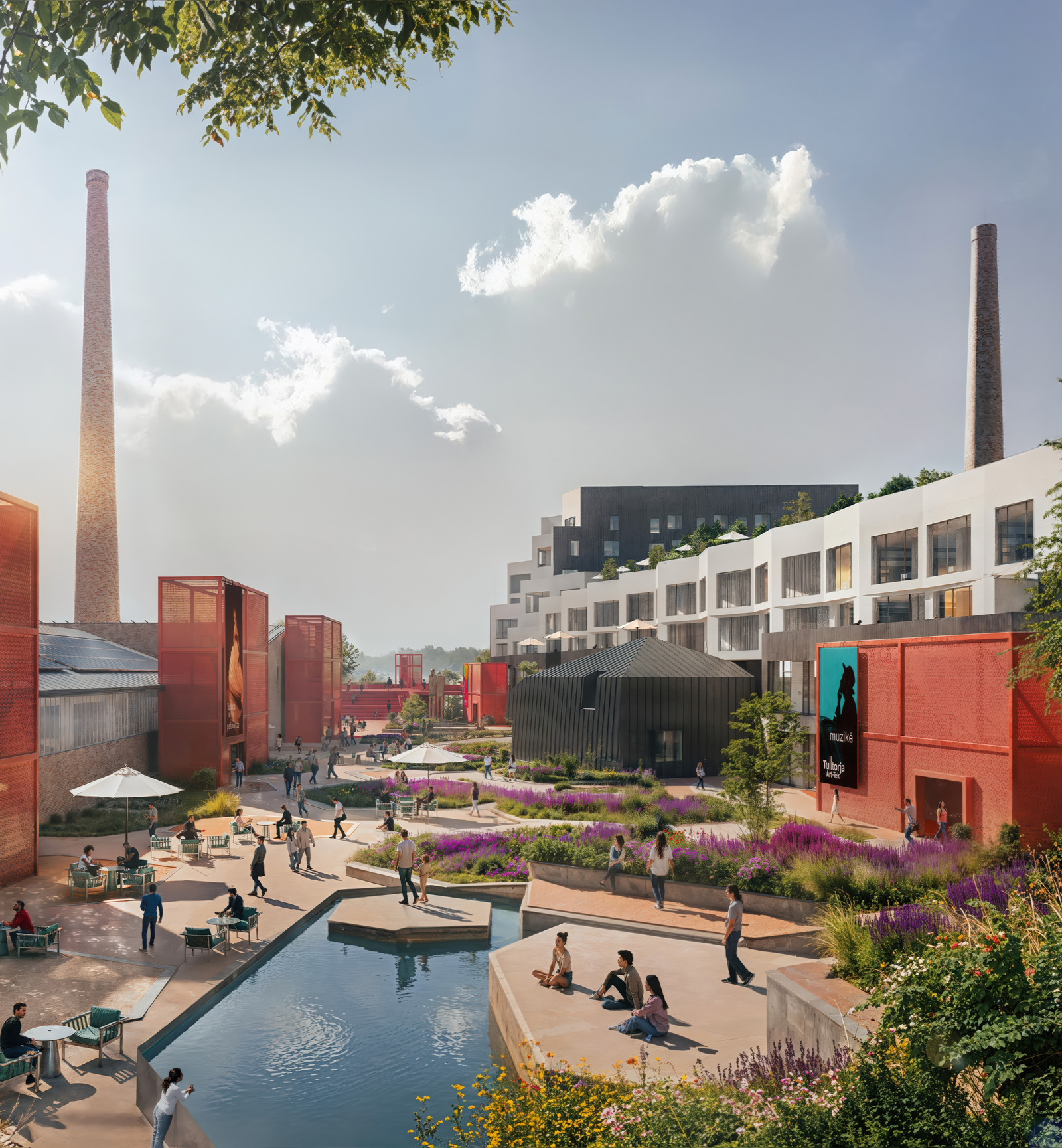
A former brick factory in Prishtina is reimagined as a creative and tech program, combining clean energy, circular construction, and community-led programming to drive cultural, social, and economic regeneration in post-conflict Kosovo. | Find out more
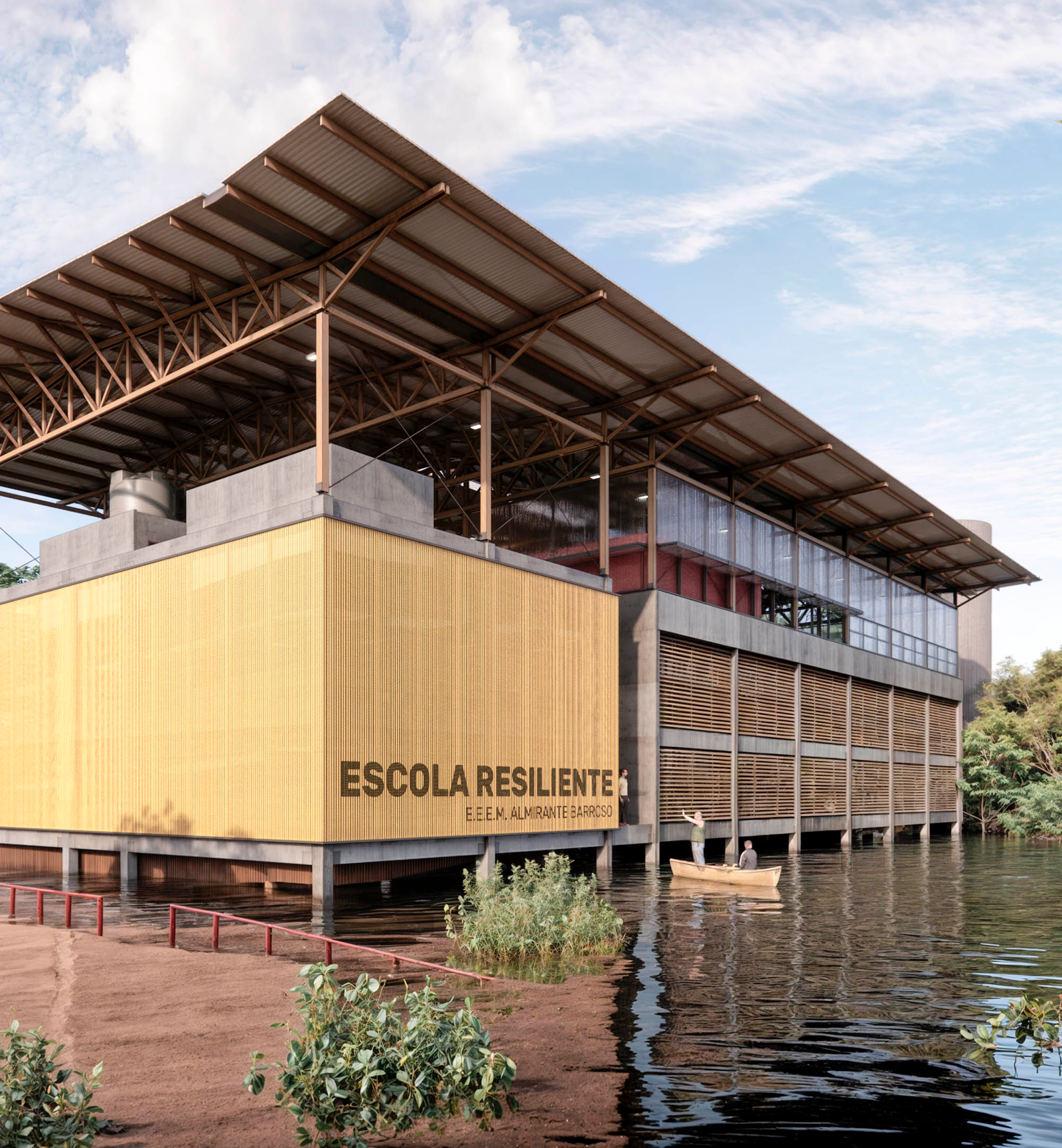
A Brazilian public school is redesigned to act as a multi-level refuge during annual floods, ensuring vital shelter for the local community, whilst offering a unique architecture that acts as a learning tool in itself. | Find out more
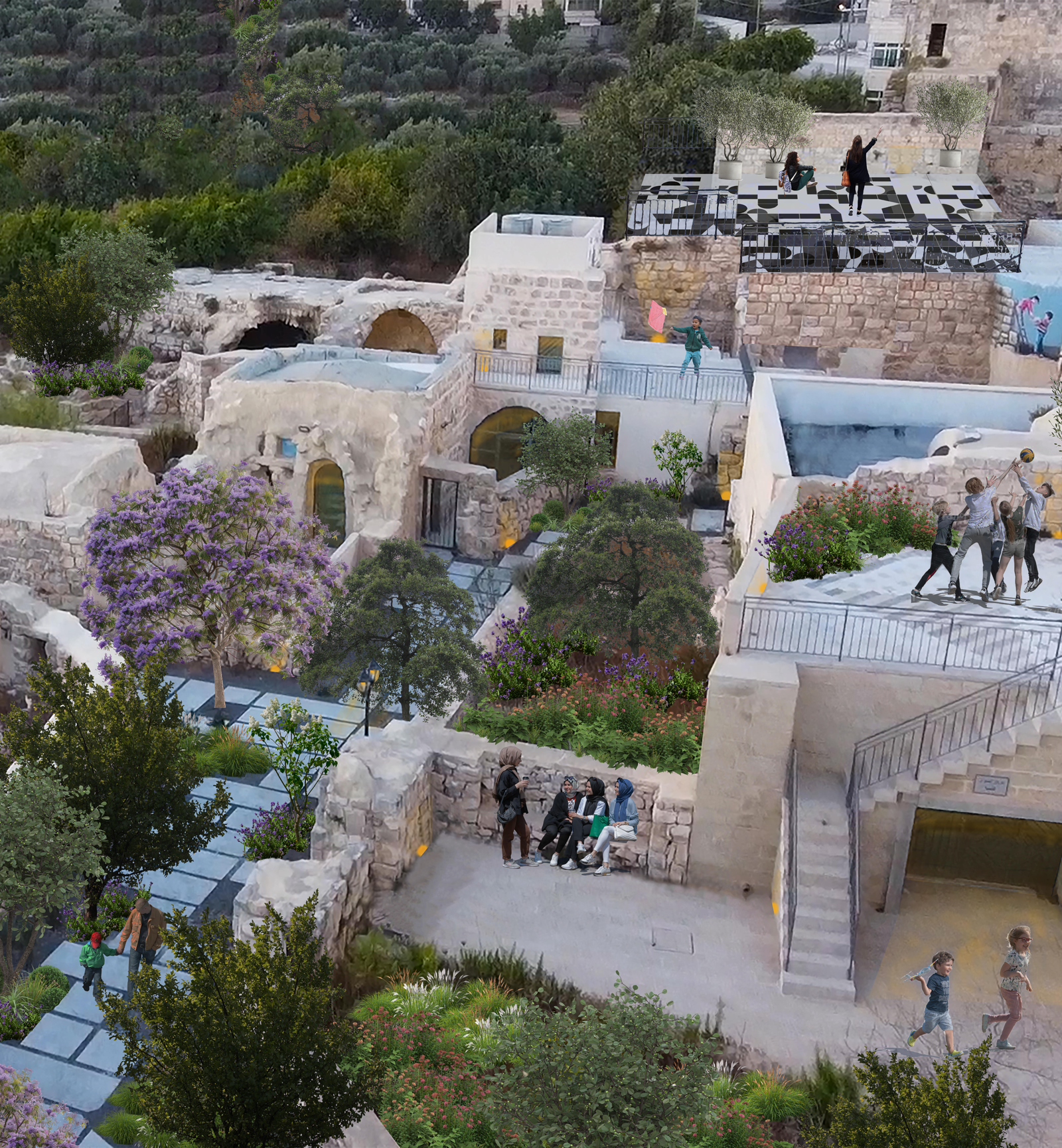
An incremental restoration project looks to revive a fragile historic village, honoring vernacular architecture, championing community engagement, optimizing ecological rehabilitation, and highlighting adaptive reuse. | Find out more
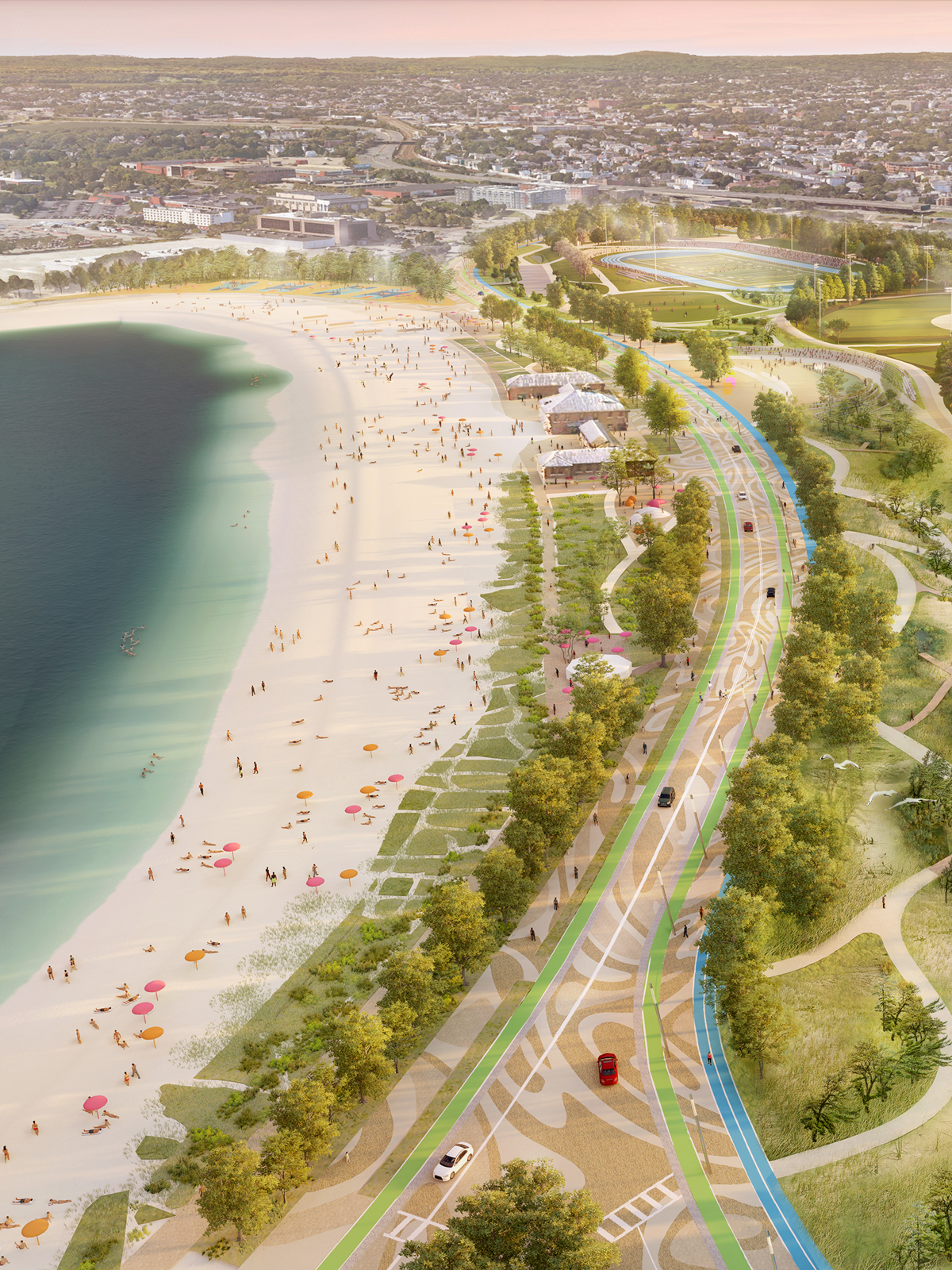
A community-led waterfront park in Boston that integrates restored marshes, stormwater management, adaptive landscapes, and native plantings to create a resilient and inclusive public space. | Find out more
“This year’s Grand Prize winners turn constraint into capability. They reuse, regenerate, and invite people in, showcasing resourceful design solutions local communities and city planners alike can adopt for a better tomorrow.”
- Laura Viscovich, Executive Director of the Holcim Foundation
Watch the replay of the Awards Ceremony in Venice on November 20, 2025. Attended by leading figures from the design and construction industry, the event's highlight was the announcement of five regional Grand Prizes.
All 20 winning projects receive USD 40,000 in recognition of their outstanding contributions to sustainable construction. Additionally, one project from each of the five regions—Asia Pacific, Europe, Latin America, Middle East & Africa, and North America—is honored with a Grand Prize, receiving an additional USD 40,000—bringing their total award to USD 80,000.

